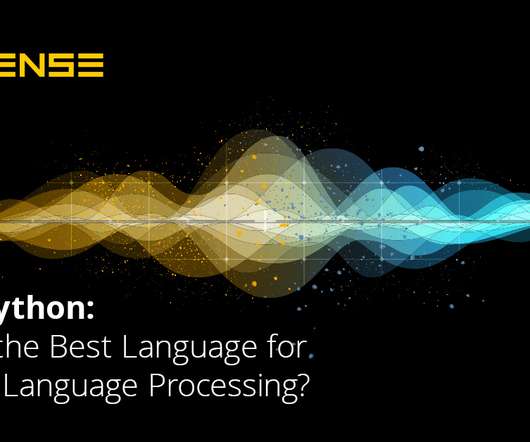Top 10 Data Innovation Trends During 2020
Rocket-Powered Data Science
JULY 6, 2021
The Edge-to-Cloud architectures are responding to the growth of IoT sensors and devices everywhere, whose deployments are boosted by 5G capabilities that are now helping to significantly reduce data-to-action latency. 7) Deep learning (DL) may not be “the one algorithm to dominate all others” after all.














Let's personalize your content